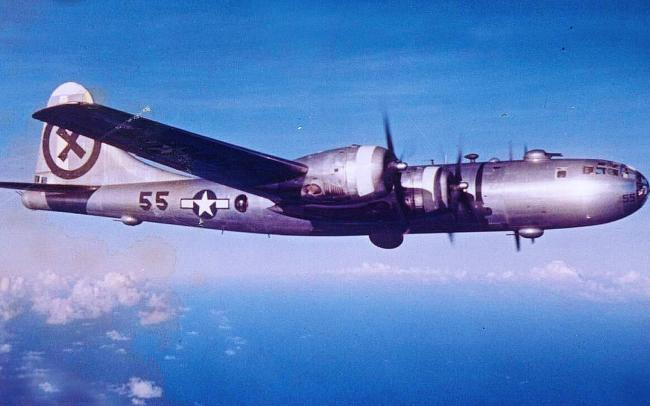Stories
Masters of the Air
Uncover stories about the real people and real history depicted in Apple TV+'s Masters of the Air
Second World War Stories
Discover stories of how Britain and America’s relationship during the Second World War affected millions of people around the world.
Aircraft stories
Find out how American airpower has played a key part in conflict throughout the 20th and 21st centuries.
Human stories
Discover the stories of the people whose lives have shaped, and been shaped by Anglo-American collaboration since the First World War.
Recent conflict stories
Find out how Britain and America’s relationship has endured and been challenged through the turbulence of global events in the 21st Century.
Cold War stories
Find out how global tensions between the Soviet Union and the United States and its allies effected the latter half of the 20th Century.











